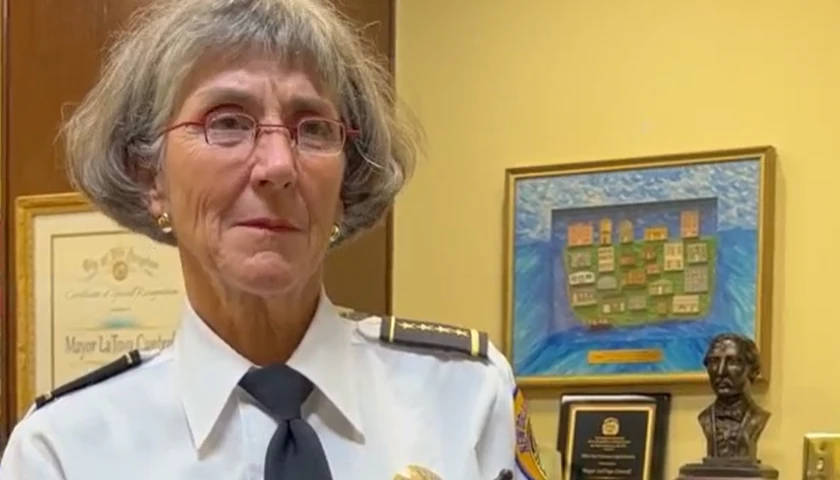The FBI did not immediately respond to a Thursday press inquiry from The Tennessee Star asking whether the agency will release the videos allegedly recorded by Shamsud Din Jabbar, who authorities say committed the January 1 terrorist attack in New Orleans that claimed the lives of at least 14 people.
According to CNN, with the outlet citing law enforcement sources, Jabbar recorded and posted to Facebook a series of videos during his drive from his modular home community the outskirts of Houston, Texas to New Orleans.
Some of the videos were reportedly directed at Jabbar’s family, including an ex-wife who he allegedly plotted to kill as part of his terrorist spree, before eventually settling on an attack in New Orleans.
The outlet reported, “he changed his plans and joined ISIS,” claiming dreamed about “joining the terrorist group.”
President Joe Biden has since confirmed the existence of the videos, which have seemingly been purged from the Internet in the wake of Jabbar’s attack.
ABC News additionally reported the FBI is now studying the videos.
While the videos where Jabbar discussed his motivations for the terrorist attack have apparently been removed, the suspected terrorist previously uploaded a video to YouTube in 2020, when he was working in real estate.
In response to reporting about the videos left by Jabbar prior to the attack, The Star asked the FBI whether the videos will be released, and if not, why the agency would withhold the videos despite summaries of their contents being reported widely.
The Star also asked the FBI whether it considers the videos to be “legacy tokens,” or items left by a mass killer that could explain their actions. The agency did not offer an immediate response.
The term “legacy token” was used in an FBI memo sent to the Metro Nashville Police Department (MNPD) in May 2023, just months after the March 27, 2023 attack on the Covenant School by Audrey Elizabeth Hale, the 28-year-old, biological woman who identified as a transgender man when she killed six at her former elementary school.
Obtained by The Star in June from a source familiar with the Covenant investigation, in its memo the FBI “strongly” advised MNPD against releasing documents left by the Hale, which The Star later reported include around a dozen journals and about 1,000 pages total, claiming their release could lead to copycat attacks and ill-informed experts sharing their opinions online.
The FBI claimed, “[i]nfamy and notoriety are major motivators for many attackers,” and “dispersion of legacy tokens through the media will only further the infamous and notorious goals of the offender.”
According to the memo, allowing the public to view “legacy tokens,” “will also facilitate false narratives and inaccurate information.”
It also warned that releasing information left by mass killers could lead to the widespread adoption of “conspiracy theories,” empowering “pontificators” and “self-professed experts” to offer their opinions and analysis, “potentially inflaming the public.”
The Star asked the FBI whether a similar memo was sent to the New Orleans Police Department in the wake of the terrorist attack, but did not receive an immediate response.
The agency previously declined to confirm the authenticity of the legacy tokens memo, and despite The Star obtaining and publishing the FBI memo, claimed it has no records related to legacy tokens in response to a Freedom of Information Act (FOIA) request filed by The Star.
Despite the concerns raised in the memo, the Department of Justice in September released a letter written by Ryan Wesley Routh, who is accused of attempting to assassinate President-elect Donald Trump.
– – –
Tom Pappert is the lead reporter for The Tennessee Star, and also reports for The Pennsylvania Daily Star and The Arizona Sun Times. Follow Tom on X/Twitter. Email tips to [email protected].
Image “Shamsud Din Jabbar” by Shamsud Din Jabbar.





